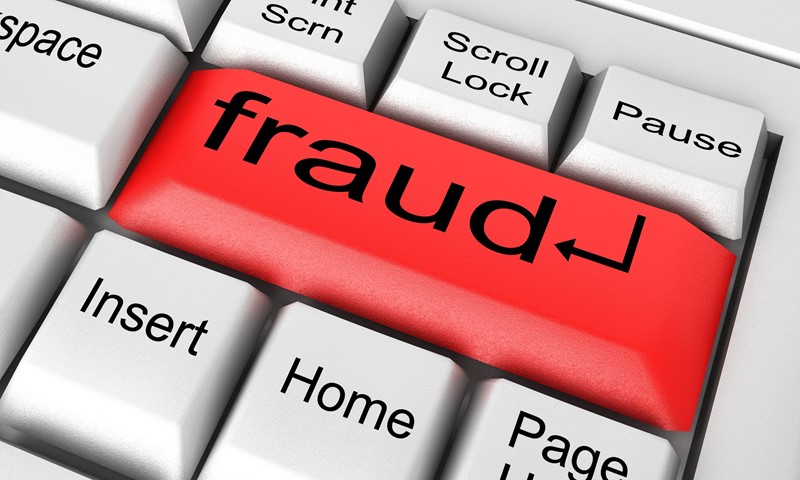In general, there is no Capital Gains Tax (CGT) on a property which has been used as a main family residence. This relief from CGT is commonly known as private residence relief.
However, there are grey areas which might result in CGT being due on the sale of a private residence. One of these areas to consider is when disposing of garden or grounds belonging to the property.
The entitlement to private residence relief is usually available if the garden or grounds, including the site of the house is no greater than 5,000 square metres (a little over an acre). Larger gardens and grounds may qualify but only if they are appropriate to the size and character of the property and are required for the reasonable enjoyment of it.
Taxpayers are still entitled to relief if they dispose of land that they occupy as their garden or grounds, up to the permitted area, at the time of disposal. The garden or grounds includes the buildings standing on that land. HMRC’s guidance is clear that a building that is not part of a dwelling house can still qualify for relief if it’s within the permitted area of garden or grounds.
No relief is allowed for land let or used for a business or for land that has been fenced or divided off from your garden for development.












